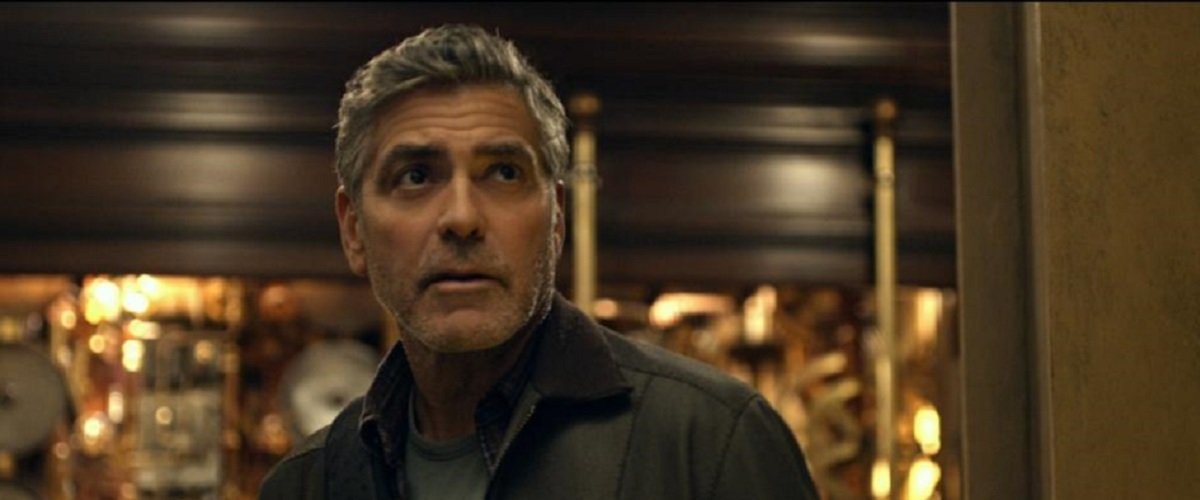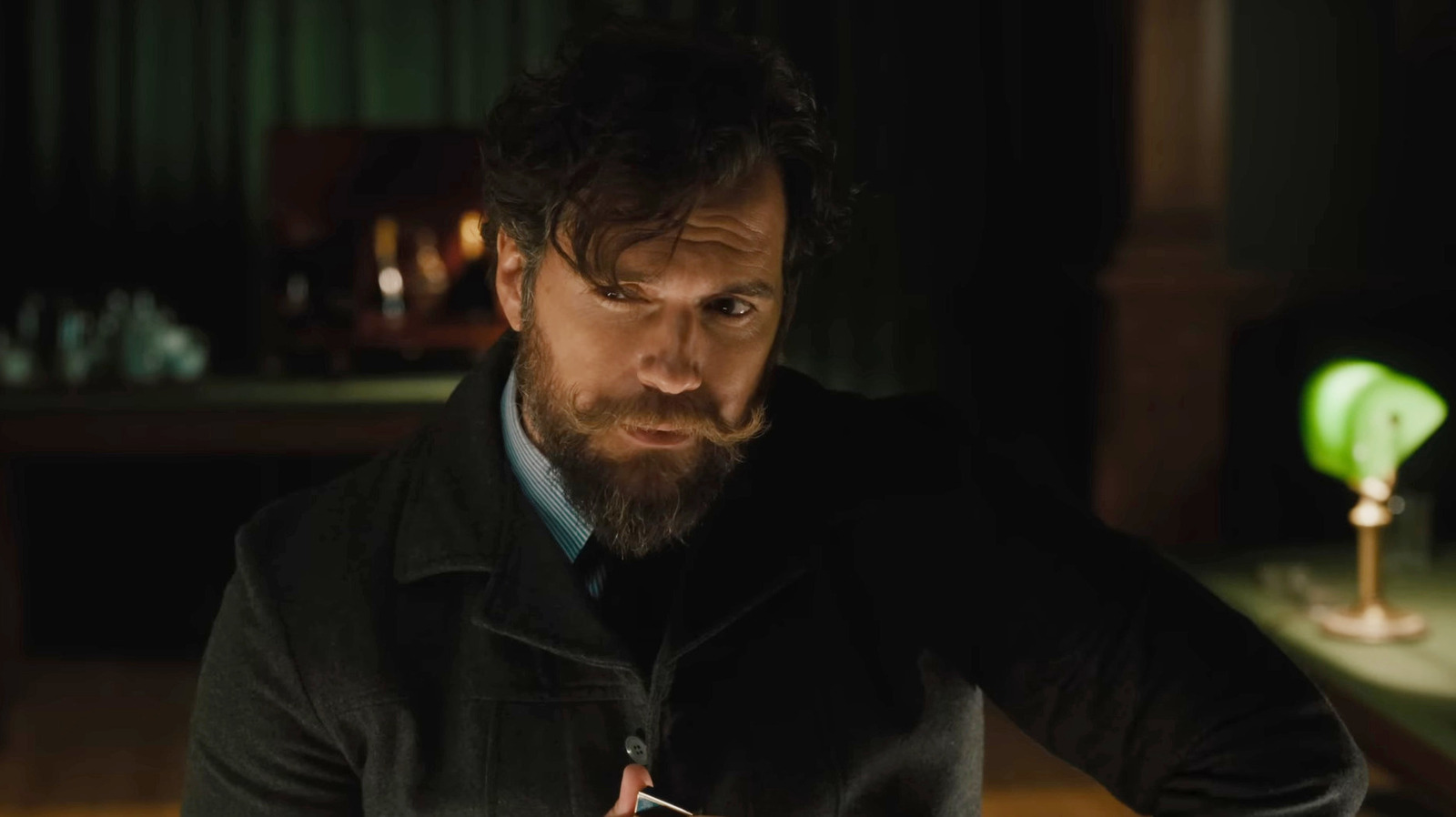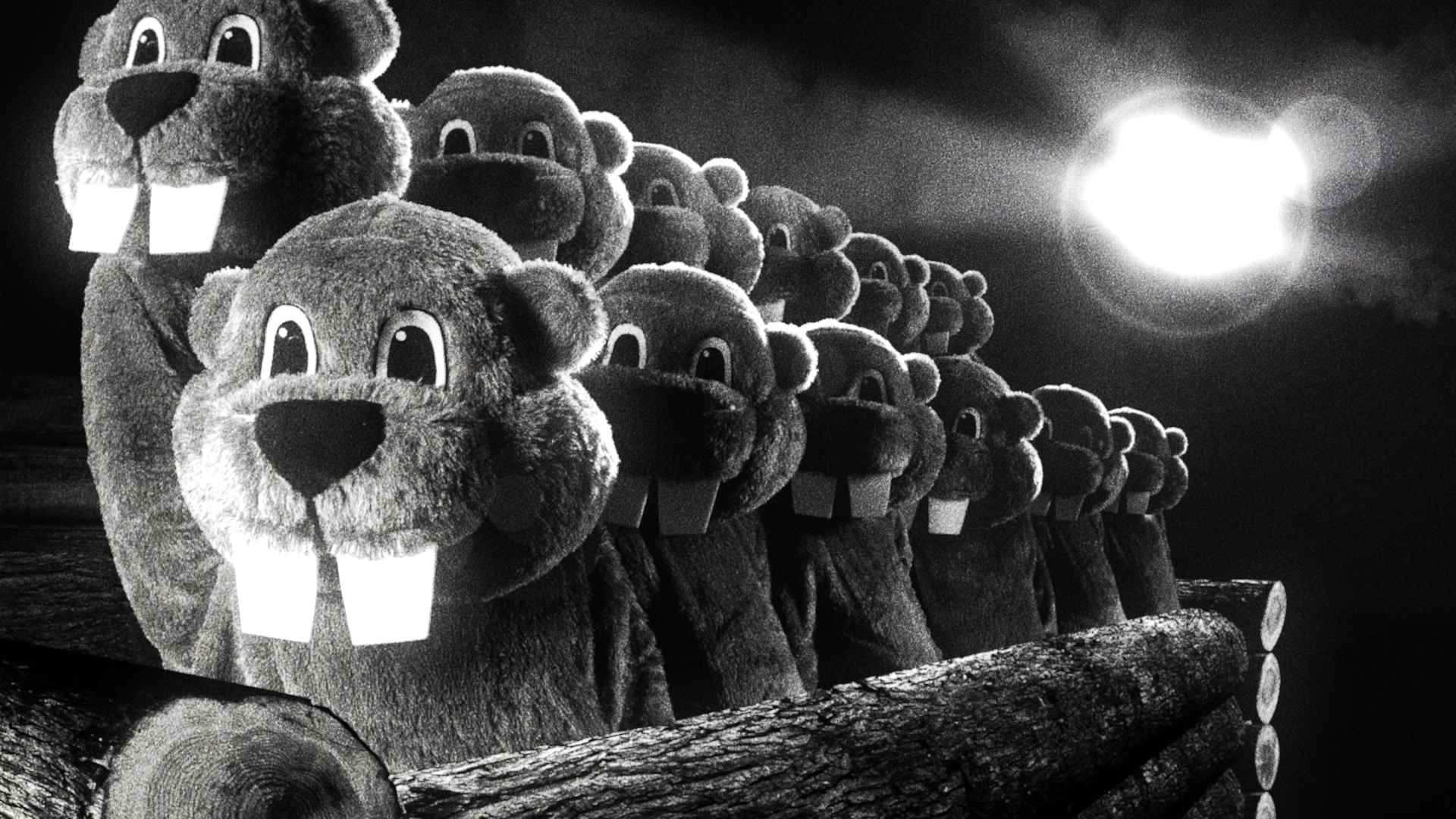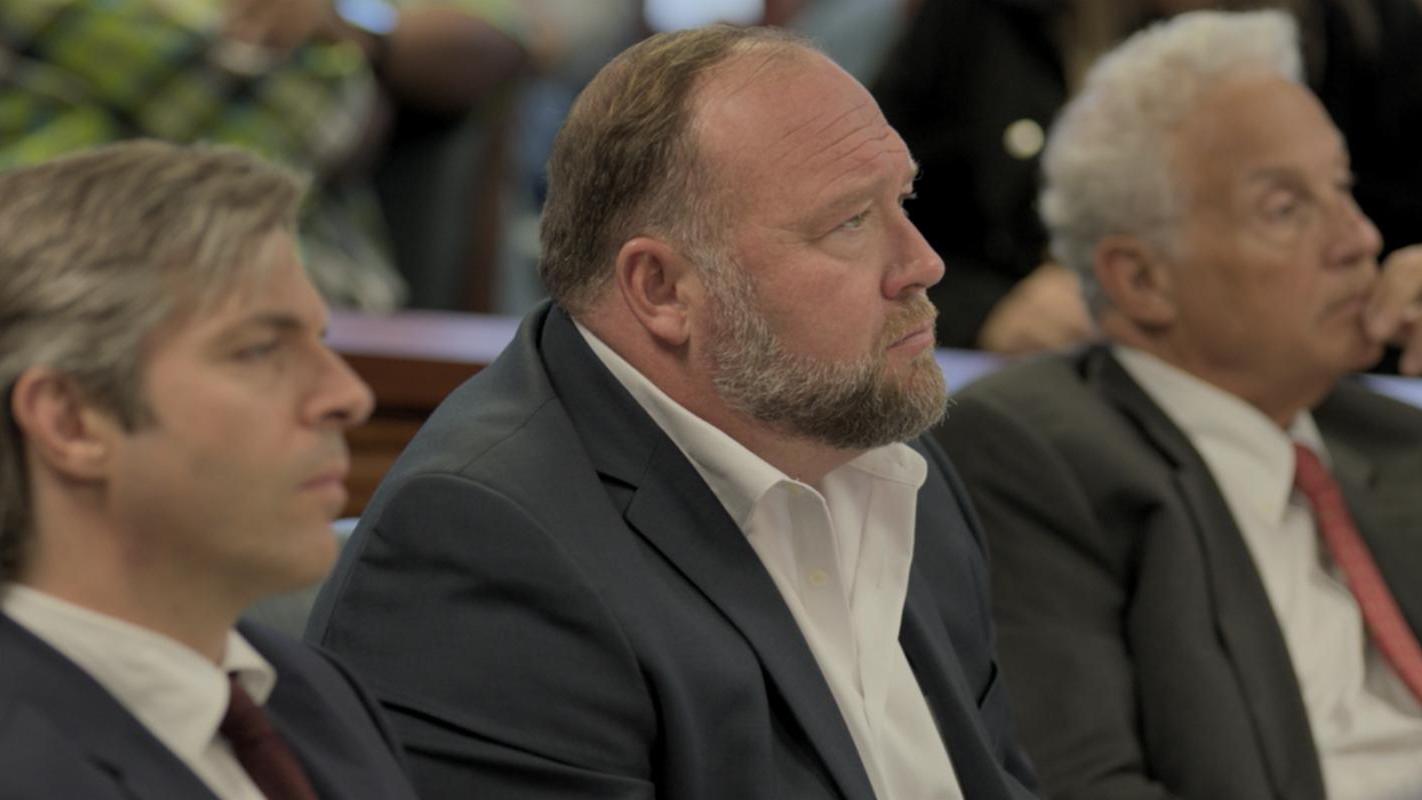
The overall message of Tomorrowland is that it’s easy to tear down, but more impressive to build something in its place. If only the movie could take its own advice about trying to look forward to a brighter future. Rather than actually build, we hear an awful lot about how hard it is to build with a culture of doom and gloom. It’s important to discuss problems, but it’s hard to be optimistic for a future when we spend so much time drowning in a future that is grim and dark. Keep in mind that this was intended as a family picture with futuristic robots and gadgets.
The perfect question for this movie is asked by a plucky young inventor in the first few minutes. After his idea for a jetpack is shot down for not having a practical use for the betterment of humanity, he asks “why can’t it just be fun?” I wanted Tomorrowland to be fun and it had every opportunity to be such a picture. Director Brad Bird certainly has an eye for staging action sequences with real thrill and excitement. His influence is indeed present with such incredible scenes as a laser-gun shootout in a geeky merchandise shop and an intense escape from a futuristic house being attacked by androids. All of that is pure fun. What drags it all down is a script by Damon Lindelof which actually stops the movie for a rather long rant about humanity being terrible for desiring destruction.
The movie exists in three timelines. The 1954 World’s Fair presents a glowing reveals a glowing vision of the future. The present day features a declining of faith in humanity. The future is a post-apocalyptic wasteland where a few bits of future-tech survive in the gloomy setting. For most of the picture, we follow the plucky Casey (Britt Robertson) in the present as the daughter of an engineer who is smart enough to sneak into a NASA launch pad and sabotage its dismantling. She still believes she can do some good in a world that seems obsessed with doom and gloom as her teachers drone on endlessly about 1984 and the incurable effects of global warming. Her ingenuity is what makes her a target of great interest for preventing mankind’s own destruction.
But Earth’s destruction is never directly addressed with a cause. It just seems to happen – presumably from a combination of nukes, global warming and environmental mistakes. But how do you stop it? It’s not so much about the specifics – you just have to want to change first. It inflates the baby steps of wanting to better the planet and its future. Now, granted, this is a logical path for a family picture meant to inspire the young ones to be bolder and pursue world-changing paths. But it’s tough to embrace that message when it’s presented so bluntly amid such a bleak plot. By comparison, Wall-E was incredibly subtle with its message about consumerism.
When Tomorrowland isn’t trying to beat you over the head with scary futures, there is a genuine sense of adventure. Casey has an amazing experience when she discovers a hologram vision of the wondrous future with jetpacks and robots litter a lavishly designed city of tomorrow. When she seeks the help of Tomorrowland member Frank (George Clooney), the angry old man shows off with all his dynamic tricks of hidden tech in the modern age for getting back to the future. Doc Brown’s DeLorean doesn’t have anything on a time-traveling pod that launches from the Eiffel Tower. And any scene where they flee the human-disintegrating androids with those artificial smiles has a nail-biting level of action.
But for every scene that has some sense of fun and excitement, it follows with another that is either too preachy or too blunt. The villain of the picture is the cold David Nix (Hugh Laurie), the leader of Tomorrowland who doesn’t want to destroy the world – merely believing it cannot and should not be saved. But when Casey disagrees, the future flickers to a better tomorrow. And as if that weren’t blunt enough, the ending is so forced and ridiculous that it could have doubled as the ad for a community college.
Tomorrowland has some segments of a great adventure, but it’s muddied up by a poor script. While its heart is in the right place, the movie just can’t bring itself to be entertainment before a message movie. I want to be there for this picture as it carries a much needed boost of optimism for a generation that could seriously use it. But rather than offer an inspirational allegory, it wallows too much in its horrifying omens that its ultimate message of “go out and find answers” just doesn’t feel fulfilling. The special effects don’t have any strings, but the script certainly does the way it binds under its own unconvincing nature. The goal of the picture is that it ultimately wants the adults of tomorrow to become the innovators of today. Hopefully it will inspire a few filmmakers to make a better science fiction picture that can push through a message without the force of a wreaking ball.

 “The Ministry of Ungentlemanly Warfare” Review
“The Ministry of Ungentlemanly Warfare” Review  “Monkey Man” (2024) Review
“Monkey Man” (2024) Review  “Hundreds of Beavers” Review
“Hundreds of Beavers” Review  “The Truth vs. Alex Jones” Review
“The Truth vs. Alex Jones” Review  “Problemista” Review
“Problemista” Review  “Ghostbusters: Frozen Empire” Review
“Ghostbusters: Frozen Empire” Review  “Love Lies Bleeding” Review
“Love Lies Bleeding” Review  “Kung Fu Panda 4” Review
“Kung Fu Panda 4” Review 


